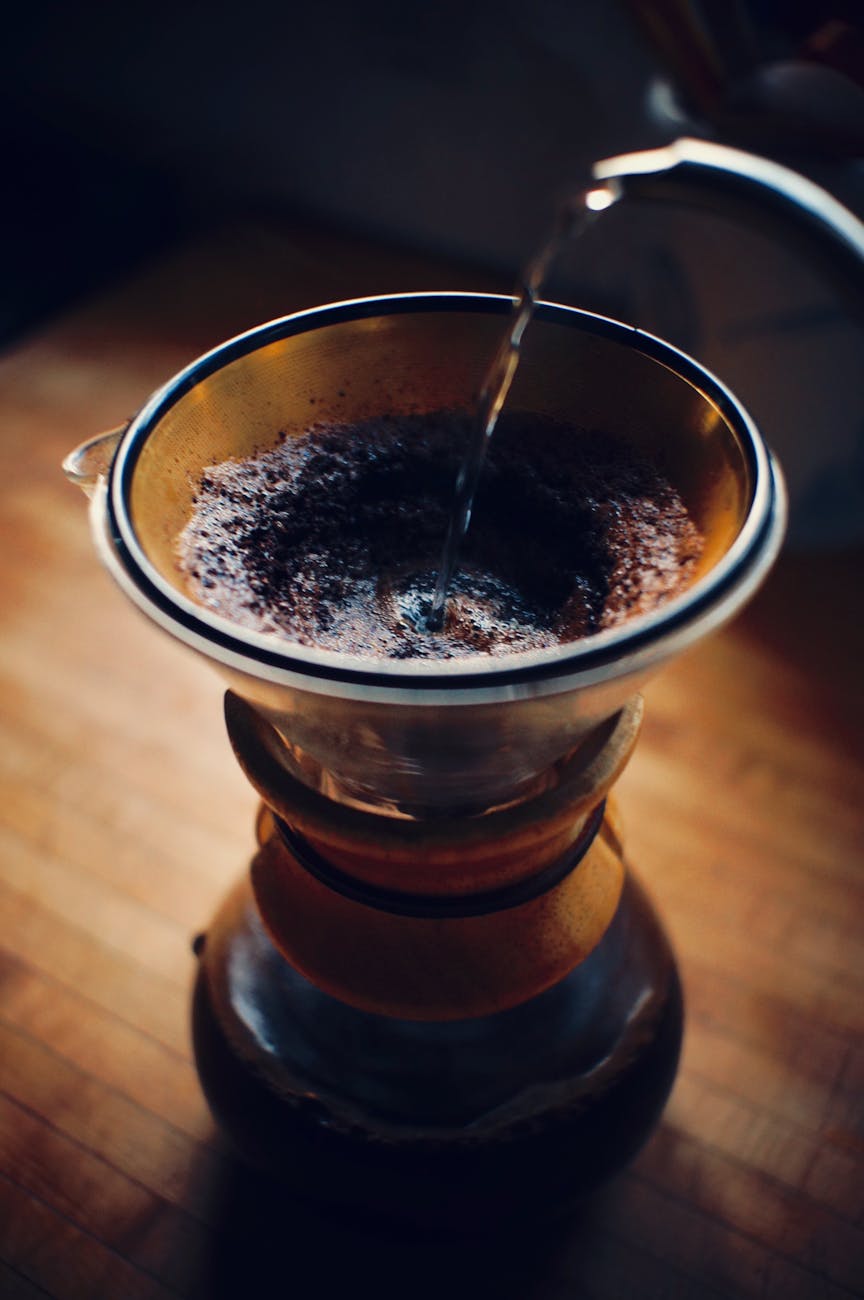Decoding Coffee Measurements
When you want that perfect cup of joe, nailing the measurements is key. It all boils down to the right amount of water mixed with your coffee grounds. Trust me, getting this balance right can make or break your morning ritual. Let’s keep it simple and dive into the essential coffee math.
The Importance of Water to Coffee Ratio
Think of the water-to-coffee grounds ratio like salt in soup. A little too much, and you’ll be smacking your lips; too little, and it’s bland city. Each brewing method—whether it’s French press, drip, or espresso—has its own sweet spot. Know your ratios, and you’ll be on track to a delish cup every time, no bitterness or weak sauce involved.
Understanding the Standard Measurements: Ounces, Milliliters, and Grams
When it gets down to measuring coffee stuff, you’ve got a few players: fluid ounces (oz), milliliters (ml), and grams (g). In the US, ounces might be the go-to for liquids like water and milk. Elsewhere, metric’s the name of the game. Coffee nerds also like water measured in grams for that touch of scientific precision.
Here’s a cheat sheet for measuring your brew:
| Measurement | Ounces (oz) | Milliliters (ml) | Grams (g) |
|---|---|---|---|
| 1 cup | 8 oz | 240 ml | 240 g |
| 1/2 cup | 4 oz | 120 ml | 120 g |
| 1/4 cup | 2 oz | 60 ml | 60 g |
| 1 tablespoon | 0.5 oz | 15 ml | 15 g |
With these handy conversions, you can copycat that coffeehouse brew right at home. Whether you’re chasing bold shots of espresso or a mellow pour-over, getting the amount just right makes magic happen in your cup. Once you’ve got these basics down pat, your coffee-making game is sure to level up.
How Many Grams of Water in a Cup of Coffee?
Figuring out just how much water goes into your morning coffee can make all the difference in crafting that perfect cup. By nailing down the right water-to-coffee combo and converting those liquid metrics into grams, you’re on your way to ace coffee-making.
Determining the Ideal Water to Coffee Ratio
Balancing the amount of water with your coffee grounds majorly impacts how your drink turns out—taste and strength-wise. Typically, folks recommend a dance between water and coffee at a ratio of 16:1 (that’s 16 parts water for every part of coffee). Want a bolder cup? Try 15:1. Prefer it milder? Go for 17:1. You’re in charge!
For eyeballing the amount of water you need for your java, here’s your trusty shortcut:
Grams of Water = Coffee Ratio * Grams of Coffee
Let’s say you’re brewing with 20 grams of coffee using a 16:1 ratio, here’s the breakdown:
Grams of Water = 16 * 20
Grams of Water = 320 grams
Play around with it! Adjusting the ratios helps you land on what suits your taste buds best. If you want more details on why getting the right quantity is a big deal in food-making, don’t miss our piece on importance of correct quantities when cooking.
Converting Coffee Brew Recipes to Grams of Water
Recipes can throw all sorts of measurements at you, but don’t sweat it—converting fluid ounces or milliliters to grams ensures you keep your brewing consistent.
Here’s a quick kitchen cheat sheet for converting measures to grams:
| Measurement | Approximate Conversion to Grams |
|---|---|
| 1 fluid ounce (fl oz) | 29.57 grams |
| 1 milliliter (ml) | 1 gram |
So, got a recipe needing 8 fl oz of water? Convert it like this:
8 fl oz * 29.57 grams/fl oz = 236.56 grams
And if it asks for 250 ml, you’re looking at:
250 ml * 1 gram/ml = 250 grams
Turning those odd ounces and milliliters into grams doesn’t just simplify—it locks in accuracy, so your coffee can hit the sweet spot every time. Snag more tips on kitchen conversions in our read on about how many grams in a cup.





